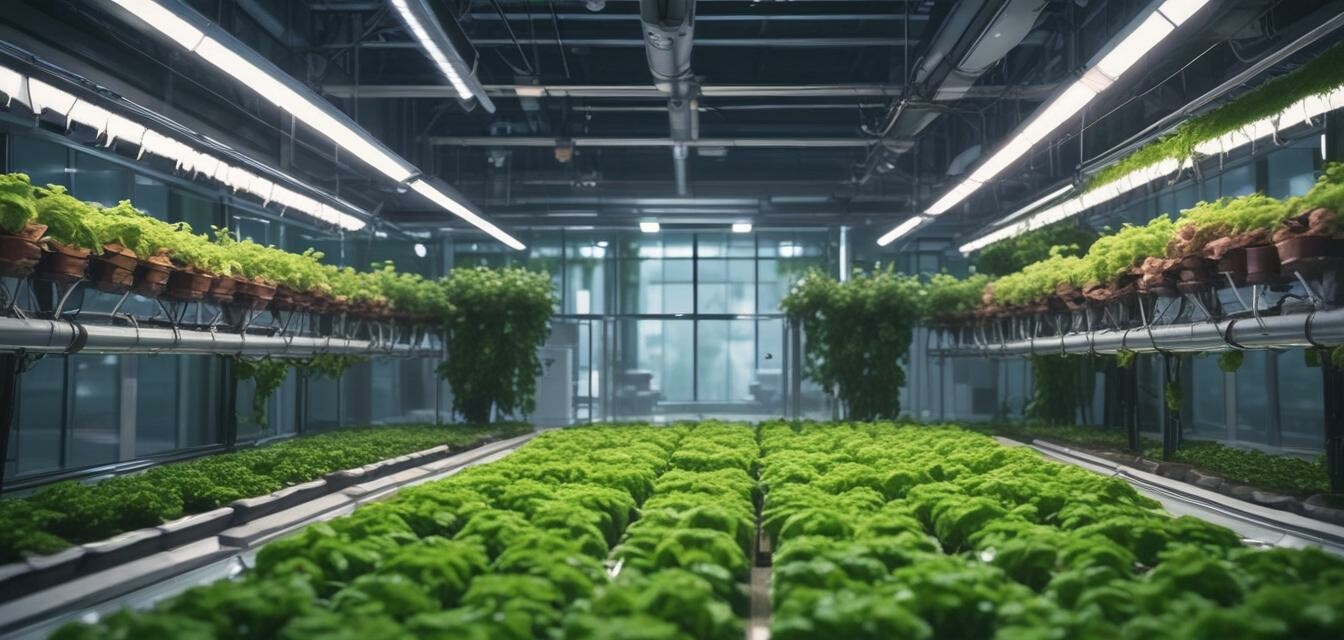
Advances in Hydroponic Technology for 2025
Key Takeaways
- Hydroponic technology is rapidly evolving, making it more accessible for home growers.
- Advancements such as automated systems, improved nutrient delivery and monitoring technologies are paving the way for efficient gardening.
- Trends in sustainability will dominate the hydroponic industry as consumers seek eco-friendly solutions.
- Expect more emphasis on vertical farming and urban gardening solutions by 2025.
- Emerging technologies like AI and IoT are set to enhance monitoring and yield predictions.
As we approach 2025, the hydroponic gardening industry is witnessing a wave of innovative technologies that promise to reshape how we grow plants without soil. From enhanced nutrient solutions to automated systems that optimize growth conditions, these advancements offer exciting possibilities not just for commercial growers but also for home gardeners. In this article, we will explore these technological innovations, emerging trends, and how they may change gardening practices in our everyday lives.
Emerging innovations in hydroponic systems
Hydroponic systems have come a long way from their original designs. Among the most significant innovations we can expect by 2025 are:
- Automated nutrient delivery: Systems that automatically mix and dispense nutrients based on plant requirements.
- Advanced monitoring sensors: Real-time data collection on temperature, humidity, and nutrient levels will become more widely available.
- Smartphone connectivity: Mobile apps will allow users to manage and monitor their gardens remotely.
Vertical farming technologies
As urban spaces continue to grow, vertical farming will play a significant role in maximizing space efficiently. Key components of this trend include:
| Technology | Description | Benefits |
|---|---|---|
| Hydroponic Towers | Multi-layered systems that allow plants to grow vertically. | Space-saving and can be installed indoors or outdoors. |
| Stackable Systems | Modular designs that allow stacking of nutrient-rich water containers. | Easy to customize based on available space and desired yield. |
| LED Grow Lights | Energy-efficient lighting that improves plant growth rates. | Supports growth regardless of natural light availability. |
Sustainability trends in hydroponics
With growing awareness of environmental issues, sustainability is set to become a dominating theme in hydroponic gardening. Key trends we can expect to see include:
- Increased use of organic nutrient solutions that are eco-friendly.
- Water recycling systems that reduce waste and conserve resources.
- Integration of renewable energy sources, such as solar panels, for powering systems.
Research and development initiatives
Research in hydroponics is essential for discovering new growth methods and enhancing existing systems. Some initiatives include:
- Partnerships between universities and agricultural tech firms to innovate nutrient delivery systems.
- Development of genetically modified plants that are better suited for hydroponic growth.
- Exploration of artificial intelligence (AI) tools for analyzing plant health and growth potential.
Impact on home gardening practices
The innovations and trends in hydroponic technology significantly impact home gardening practices. Here’s how:
- Accessibility: New systems are designed to be user-friendly, even for beginners. If you're interested in starting your own hydroponic garden, check out our Buying Guides for some essentials.
- Increased Yield: Improved technology means heightened growth rates and better yields, encouraging more people to try hydroponic gardening.
- Year-Round Gardening: The ability to control environmental factors allows gardeners to grow plants throughout the year, regardless of climate.
Pros
- Higher efficiency in water usage
- Less dependency on weather conditions
- Potential for fresher produce at home
Cons
- Higher initial investment
- Requires some technical knowledge
- Regular maintenance and monitoring needed
Conclusion
Advancements in hydroponic technology for 2025 are more than just trends; they represent a significant shift towards sustainable and efficient food production. As both commercial and home gardening evolve, leveraging these innovative solutions will be key to meeting agricultural challenges ahead. By staying informed about these trends, gardeners can optimize their practices and contribute to a more sustainable future in agriculture.
For more information on hydroponics and the latest innovations, visit our News and Trends page for ongoing updates!

